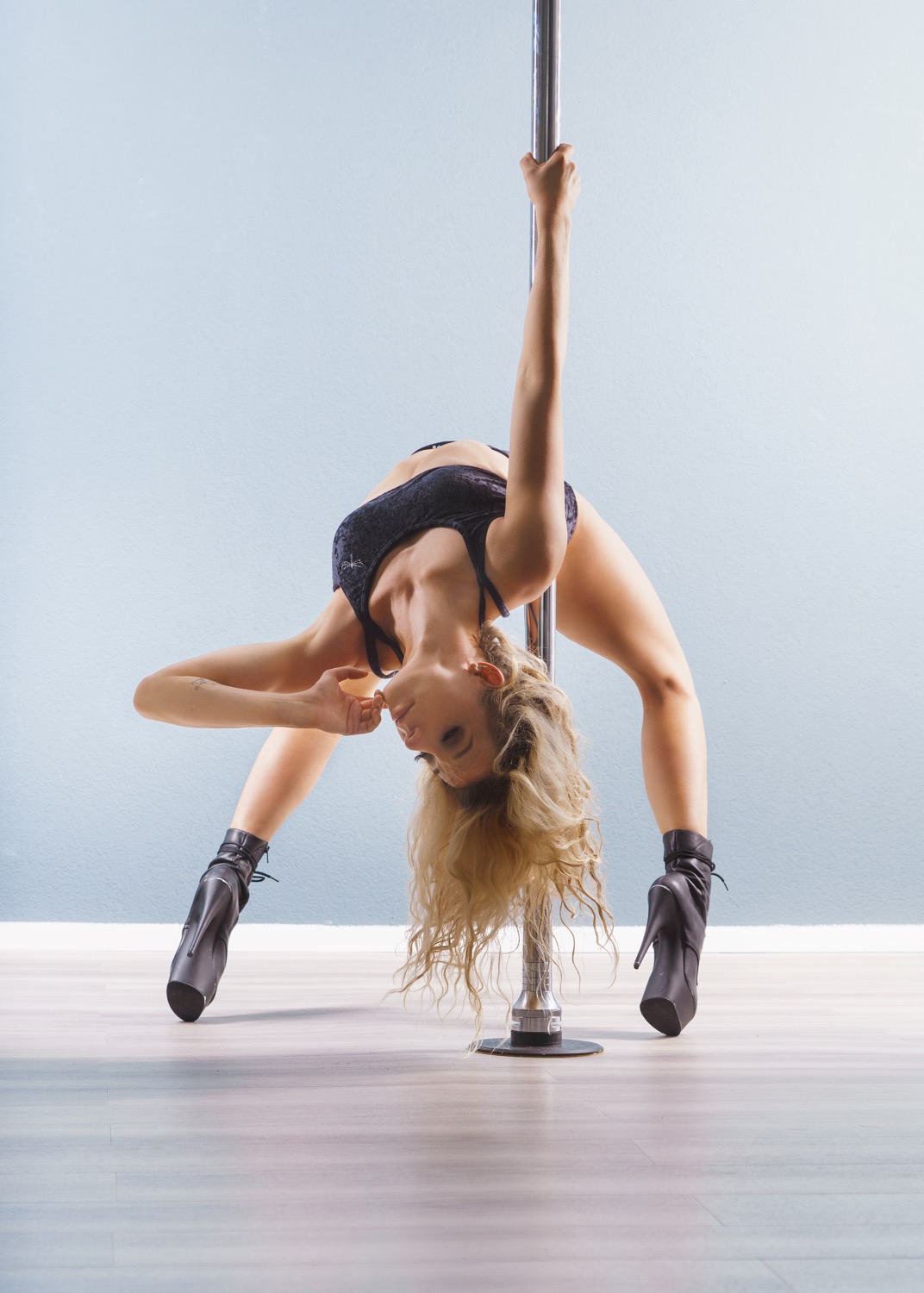Injuries in pole dance and what effects it has on my training - Mareike Schuhmacher
- Mia Lang

- Jan 29, 2024
- 3 min read
Injuries in pole dance – physical and mental challenges
Injuries can happen at any time in sport. A little carelessness, a moment of not concentrating, is enough. But technical errors, overestimation of oneself and a lack of regeneration can also be the basis for injuries.
The most common injuries in pole dancing, aside from pole kisses and scraped skin, are shoulder injuries.

I personally had the experience of an injured shoulder.
For almost two years my left shoulder has been hurting sometimes more sometimes less.
Unfortunately not just in training. There was a time when even putting on a top was painful.
I've been to a variety of doctors, including x-rays, MRIs, electrical treatments, cortisone injections, shockwave therapy, physiotherapy, etc., none of which helped in the long term. I felt like I was and still am miles away from a diagnosis.
A situation that is very unsatisfactory.
So what do you do if you don't want to give up the sport you love?
I continued training, which wasn't easy. Because most of the tricks that I really enjoy doing (e.g. handsprings) were not possible without shoulder pain. Overthinking every move and always expecting your shoulder to hurt is incredibly mentally exhausting.
It also robs you of motivation.
At the end of 2022, there were also inexplicable attacks of dizziness. They didn't let me invert anymore either. Because as soon as I hung upside down on the pole, I unintentionally went on a carousel.
During this time I only taught as much as possible. Even training or attending courses was far too depressing.
The reason for the dizziness attacks was never found. They disappeared overnight. It's a shame they didn't take my shoulder problems with them too.

At one point I was on the verge of giving up and coming to terms with the fact that my body couldn't withstand the strain.
I have now realized that I damaged my shoulder with too little or no regeneration, a lack of cross-training and a fall. Accepting that was a long, hard road.
The first attempt to repair my shoulder consisted of more time for regeneration, less pole training and then targeted shoulder training. Improvement was noticed, but only slowly.
And since I'm not the most patient person, my training soon consisted more of poles and preparing for the next championship, which wasn't the optimal solution for the shoulder.
After the championship I fell into a hole. I felt empty, no motivation, no time for my own training, no visible progress, still shoulder problems.
I was really depressed. The thought of quitting came to the fore again.
The first step to quitting was to stop coaching.
A difficult decision that I had to make for myself. Followed by a pole break.
By chance I returned to the pole after just four weeks and realized how much I missed it. No other sport makes me so happy in the long term.

But I had to learn to take my body into consideration.
If I think back, before my injury I was training on the pole 6 days a week in crazy times, teaching 3 days a week, doing contortion once and also working at least 40 hours a week in my main job.
In comparison, my training has changed a lot. My body gets the regeneration it needs. I do a lot of cross training (interval training, Pilates, shoulder/back training, power pole, handstand training, swimming regularly, stretching and whatever I feel like) and am on the pole 2-3x a week.
I am currently no longer teaching.
I'm slowly getting my shoulder under control. I still have to be careful and stick to my shoulder exercises and lower my expectations of myself. The latter is one of the biggest challenges for me.
Injuries need time to heal.
We only have one body that does incredible things for us every day
achieves, so we should learn to listen to him and pay particular attention to him.




Comments